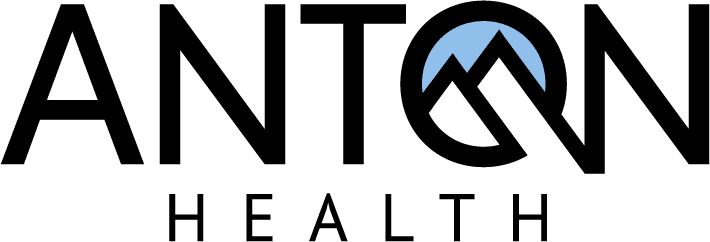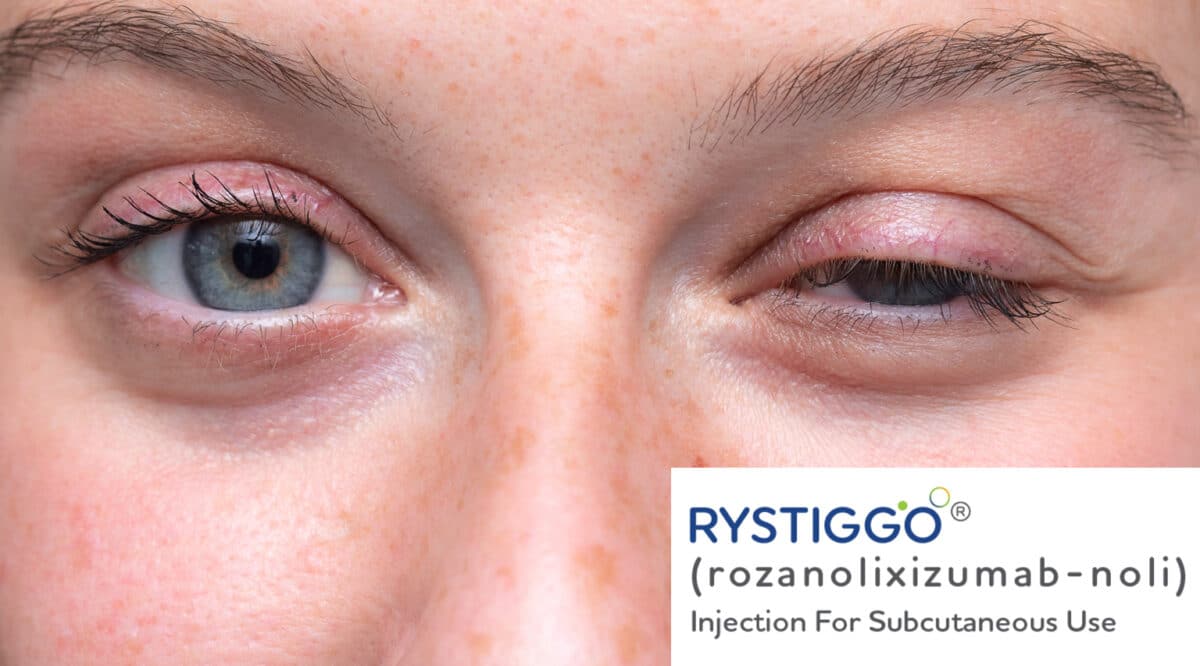The FDA recently approved a new therapy, Rystiggo (rozanolixizumab-Noli) from UCB, for the Treatment of adults with Generalized Myasthenia Gravis (gMG) in adult patients who are anti-acetylcholine receptor (AchR) or anti-muscle-specific tyrosine kinase (MuSK) antibody positive.
Myasthenia gravis (MG) comes in two main types, generalized and ocular. Generalized MG is the most common type, accounting for 85 percent of people with MG. Generalized MG is generally more serious than ocular MG since it causes weakness in many muscle groups. Common gMG symptoms include difficulty making facial expressions. problems chewing and difficulty swallowing. slurred speech. weak arms, legs, or neck.
Administration of Rystiggo is by subcutaneous infusion. However, prescribing information specifies that it should only be prepared and infused by a healthcare provider. The most common adverse reactions were headache, infections, diarrhea, pyrexia, hypersensitivity reactions, and nausea.
Standard administration schedule is once weekly for 6 weeks, At $6050 / vial, baseline therapy is a minimum of $36,000.
Since Rystiggo is administered in clinics it will likely be a specialty distribution product.
CLICK HERE to access prescribing information
——————————————————————————————–
UCB Announces U.S. FDA Approval of RYSTIGGO (rozanolixizumab-Noli) for the Treatment of Adults With Generalized Myasthenia Gravis
FDA approval of RYSTIGGO (rozanolixizumab-noli) has been granted under the Priority Review designation for the treatment of generalized myasthenia gravis (gMG) in adult patients who are anti-acetylcholine receptor (AChR) or anti-muscle-specific tyrosine kinase (MuSK) antibody positive1
U.S. FDA approval is based on the pivotal Phase 3 MycarinG study in gMG2, a large phase 3 study which demonstrated treatment with rozanolixizumab-noli resulted in statistically significant improvements in gMG-specific outcomes, including everyday activities such as breathing, talking, swallowing, and being able to rise from a chair.
Additional treatment option provides opportunity for U.S. clinicians to tailor therapeutic approach based on individual patient needs


